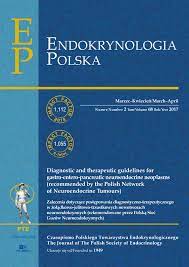Comparison of systolic and diastolic blood pressure with pulse pressure and mean arterial pressure for prediction of type 2 diabetes: the Isfahan Diabetes Prevention Study
Authors
Affiliations
- 1Department of Epidemiology, School of Public Health, Isfahan University of Medical Sciences, Isfahan, Iran. janghorbani@yahoo.com
Abstract
Background: The aim of this study was to compare the ability of the systolic and diastolic blood pressure (BP), pulse pressure (PP), fraction PP (PPF) and mean arterial pressure (MAP) to predict progression to diabetes in non-diabetic first-degree relatives (FDRs) of patients with type 2 diabetes.
Material and methods: A total of 701 non-diabetic FDRs aged 20-70 in 2003 to 2005 were followed through to 2008 for the occurrence of type 2 diabetes mellitus. At baseline and through follow-ups, participants underwent a standard 75 g 2-h oral glucose tolerance test. Prediction of progression to type 2 diabetes was assessed using area under the receiver-operating characteristic (ROC) curves based upon measurement of PP, MAP, PPF, systolic and diastolic BP.
Results: Diabetes developed in 72 participants (10.3%) during the follow-up period. The incidence of type 2 diabetes was 3.4 per 100 person years in men and 4.9 in women. Systolic and diastolic BP and MAP were related to diabetes, but PP and PPF were not. Systolic and diastolic BP and MAP have similar associations with incident diabetes. Areas under the ROC curves were 0.582 for systolic, 0.589 for diastolic, 0.589 for MAP, 0.520 for PP, and 0.468 for PPF.
Conclusion: These results indicate that systolic and diastolic BP are as strong as MAP in predicting progression to diabetes. Increased BP may help identify FDRs of patients with type 2 diabetes at high risk for diabetes who are candidates for BP control.
Keywords: first-degree relatives, pulse pressure, blood pressure, type 2 diabetes mellitus

